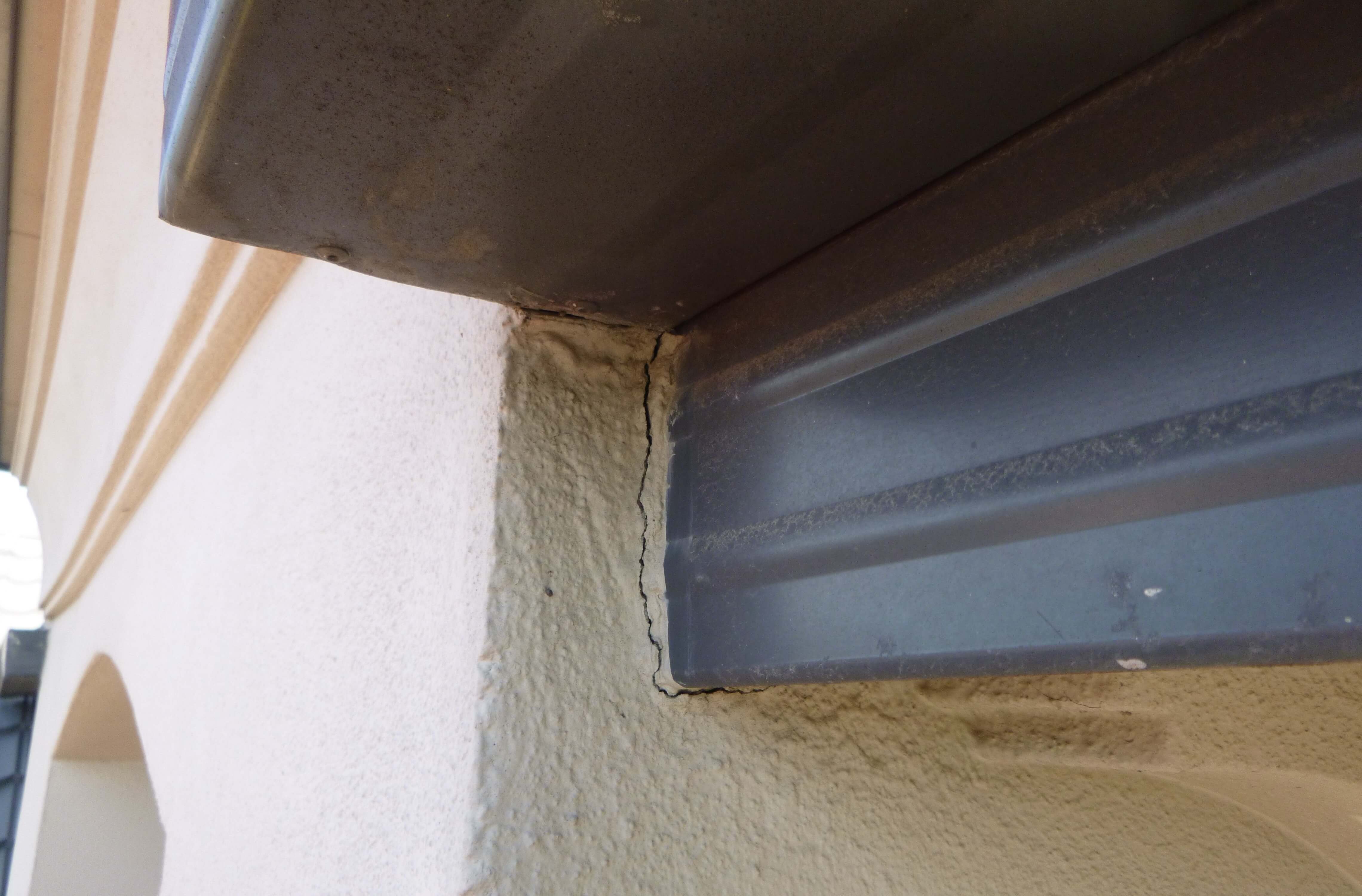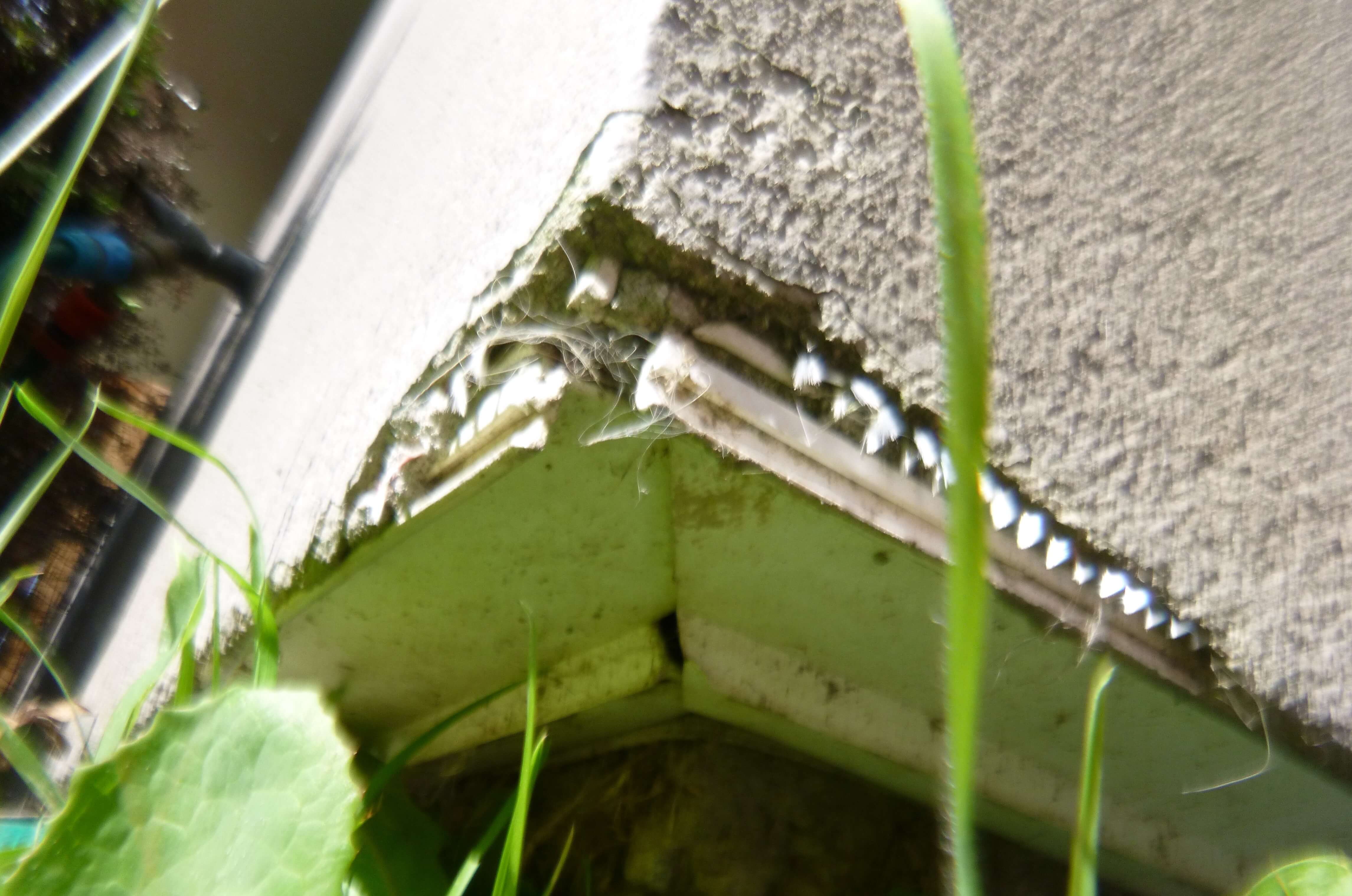What is monolithic cladding?
External Insulation Finishing Systems (EIFS) can include direct fixed Harditex, texture coated fibre cement. solid plaster or polystyrene systems which were used on homes in the 1980-2004 period. Untreated timber was also used on some of these monolithic cladding systems which accelerated the extent of moisture damage.
Was your home built between the late 1980s and 2004 with an EIFS cladding? if so, it may be more prone to weathertight issues which were seen in the leaky building crisis. The crisis is still an ongoing legal and construction issue in New Zealand. Jim’s building inspections team find plenty of leaky homes in NZ and want to ensure you have all of the relevant information around houses built with monolithic cladding.
Our building inspectors use their experience combined with specialised non-invasive (won’t damage the surface area) moisture meters to ensure non-invasive moisture readings. This gives our clients the required information to proceed with important decisions in buying or selling the building or home.


Is monolithic cladding good?
These plaster cladding systems can be good if the plasterer has done a professional job. With many new options on the market and allegedly many self-taught plasterers forming businesses to keep up with the housing boom of the 1990’s it was well documented this is one of the factors that contributed to the leaky homes crisis.
Generally, as long as the plaster coating is in good condition and maintenance isn’t deferred it’s fine.
However, If this cladding is left with weather tightness issues the timber behind the cladding can rot and compromise the integrity of the framing. Recladding a leaky home depending on the materials and extent of work required is a significant undertaking, costing hundred’s of thousands in some cases to full remedy and repair the home.
The best advice ever with this type of cladding, is as soon as you see cracks or any damage, seal it straight away. Also if you have single glazed windows and poor ventilation, condensation can get in behind window openings and cause moisture damage, especially if the framing is untreated.
In 2004 did the building code change?
Yes, both the building code and the Building Act changed in 2004. The updated code requires monolithic clad homes to be positioned over a drained cavity system. This system allows for good airflow and allows any moisture to escape which reduces the chance of it entering the dwellings timber framing. Moisture can promote mould and dampness in the home leading to health problems for you and your family. The updated code was required to keep buildings safe and stop the leaky home NZ crisis.
It’s also a great relief to know that real estate professionals are on the buyer’s side. It is a legal requirement in New Zealand to advise the vendor If they suspect a home has weathertightness issues or problems with the cladding systems.
They must make sure there is clear evidence that shows no issues or concerns for prospective clients interested in purchasing the property. The evidence can be in the form of a building inspection report, LIM report and local council files. If the vendor knowingly asks the real estate agent to not disclose any defects then the agent must not act for them.
What is the cost of recladding?
Like we described on the Weatherside Cladding information page, depending on the materials the cost could be ten’s to hundreds of thousands of dollars. It can be a large outlay especially if there is significant structural damage. Having completed a building inspection can confirm to an interested buyer that the property is sound and can give them peace of mind.
For an independent builders report or a pre-purchase inspection contact us today. Our building inspectors are ready to help you with anything you may be unsure about with the health of your homes cladding.
